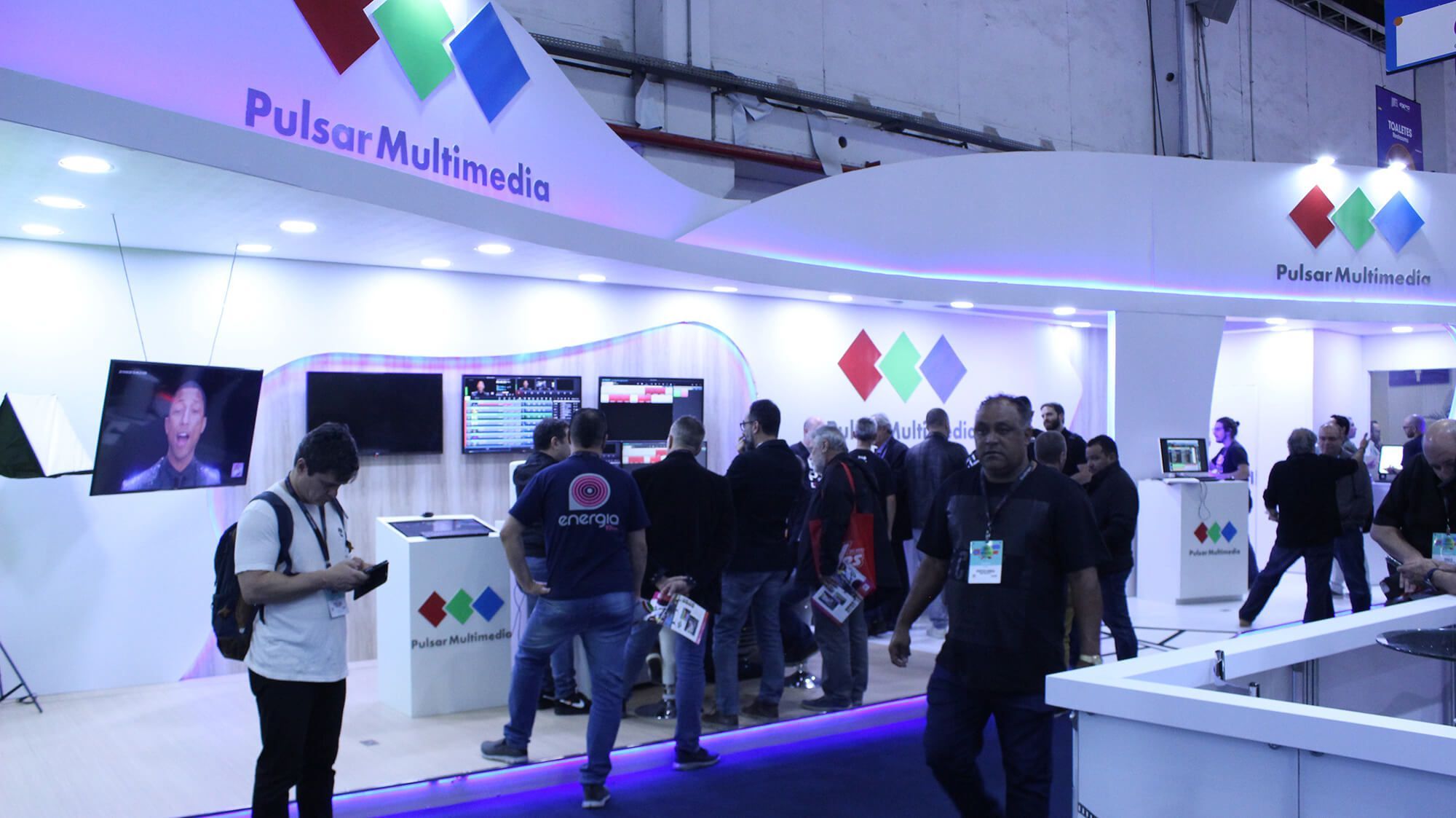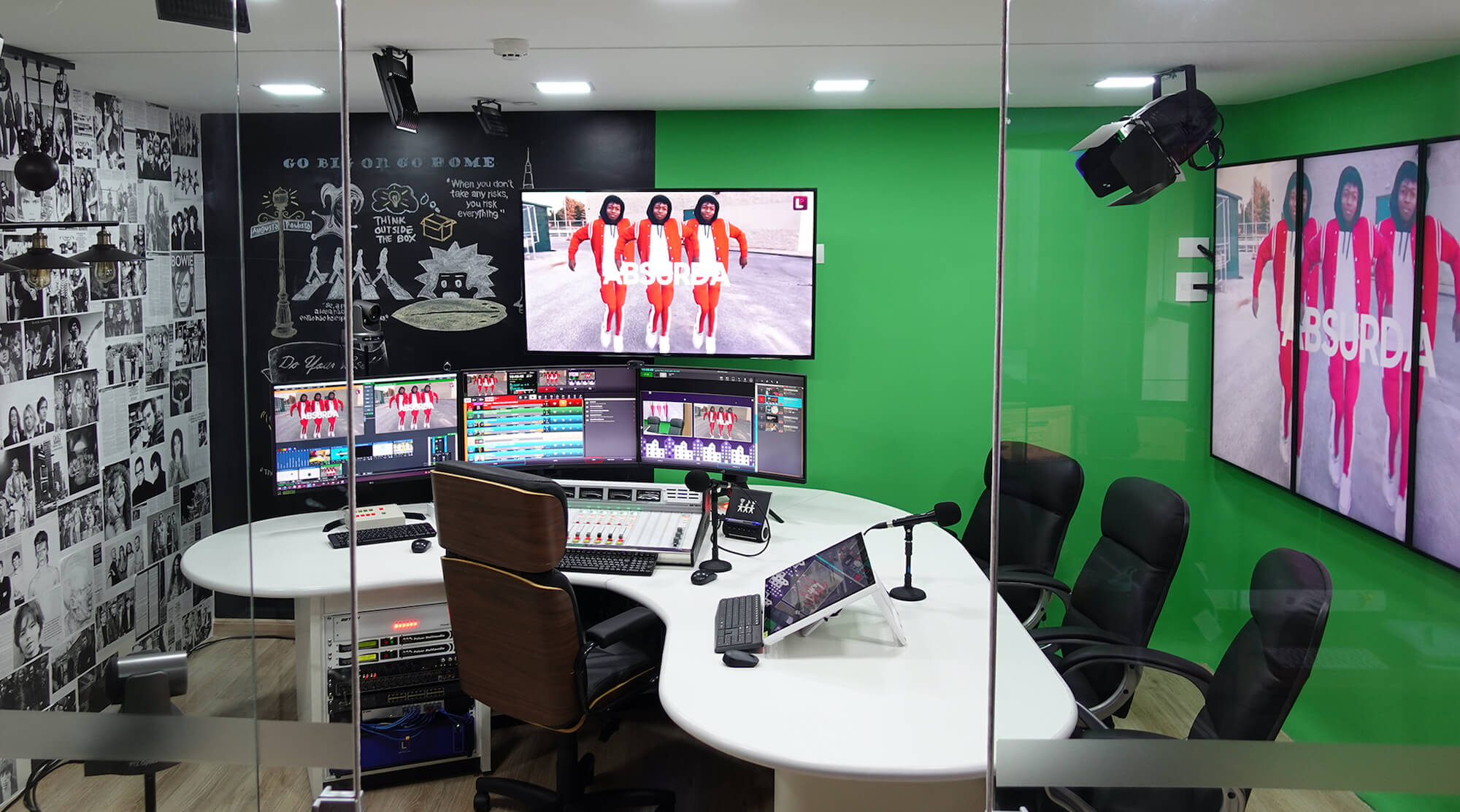Pulsar Multimedia runs Video SDK as core product engine

Founded in 1994, Pulsar Multimedia is an audiovisual software solutions provider based in São Paulo, Brazil. The company serves TV and radio stations with solutions for automation, financial management and programmatic media.
Having started its activities with maintenance of radio transmitters and newspaper printers, Pulsar Multimedia entered the world of software in 1995 with products for print media and radio automation. Today, the company serves customers all over Brazil and in 8 other countries. Some of the most prominent are: Rádio e TV Jovem Pan, Grupo Globo, Rede Mix FM, Rede Transamerica, Grupo Bandeirantes.
We spoke with Marco Mariner about his company and how a Medialooks Video SDK has helped grow its business.
What are your key strengths as a company?
As we are always on top of technological developments, our products are very reliable, so our clients feel very confident when working with them. We also offer a wide range of solutions.
What are your key products?
We have a long list of products, ranging from audio playout, video playout, financial management apps, media programming, etc. But our main project is LIVE PRO STUDIO. It is a multimedia playout solution with features that offer sound quality for radio and visual quality for streaming video – all of that with a focus on simplified operation. Our main target is radio stations with live dynamic programming. In addition to being a multitrack audio and video player, the product also controls cameras, scenes and titles, which can also be done automatically. It also generates a lot of interactivity with our mobile app for radios.
Where and how is our Video SDK used?
MPlatform SDK is the core engine of this product. The Medialooks SDK technology allows us to create complex solutions in a simple way, it allows our team of developers to focus on the final product and not on extensive and complex research.
Why did you make the decision in favor of our SDK?
The fact it is compatible with Delphi and with a large number of video cards, made our job a lot easier. During these long years, the SDK has always kept up to date with new technologies, which adds an avant-garde image to our company.
What have you achieved with the SDK?
It has helped us build a whole list of products, such as Logger, Encoders and Playout. Our main expectation was the opening of new markets, since all of our products were exclusively designed for the audio market. Today, we have a list of products that use MPlatform SDK as the basis of their operation.

Have you achieved any technical benefits?
Definitely! It was an immersion in a new world. It was losing the fear of advanced technology. It has streamlined our production process. Complex processes are simplified with the help of the SDK. The focus is on the user interface. In other words, it has helped us be more productive.
What was the business value of our product to you?
Well, it has generated new markets, new products, new gains. But even more than the increase in our revenue with new products, the adoption of a new technology can give our customers hope in a new audiovisual market, without having to resort to imported products. This guarantees us the image of an avant-garde company, which is of great value.
Also, SDKs always help developer companies to save effort and time by focusing on their final product. Thinking that we would have to have a research team and that, in the current scenario, professionals with great knowledge are not easily found, using the SDK saves us a lot of money.
What did you like most about our product?
Always being up to date with new technologies. It is very good to see the happy faces of engineers from major broadcasters, when we tell them: yes, we do have the technology you saw in a product from that large foreign company.
Have you used our customer support resources?
Yes, we have, often. It has been a good experience. The support team is attentive and responds quickly to our queries.
How would you describe our product to a friend?
For an audiovisual software developer friend, I would tell him that using MPlatform is entering into a scene from that Jumper movie – in the sense that the programmer can move forward with his project, quickly jumping through phases.
